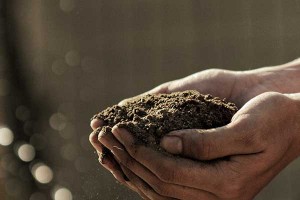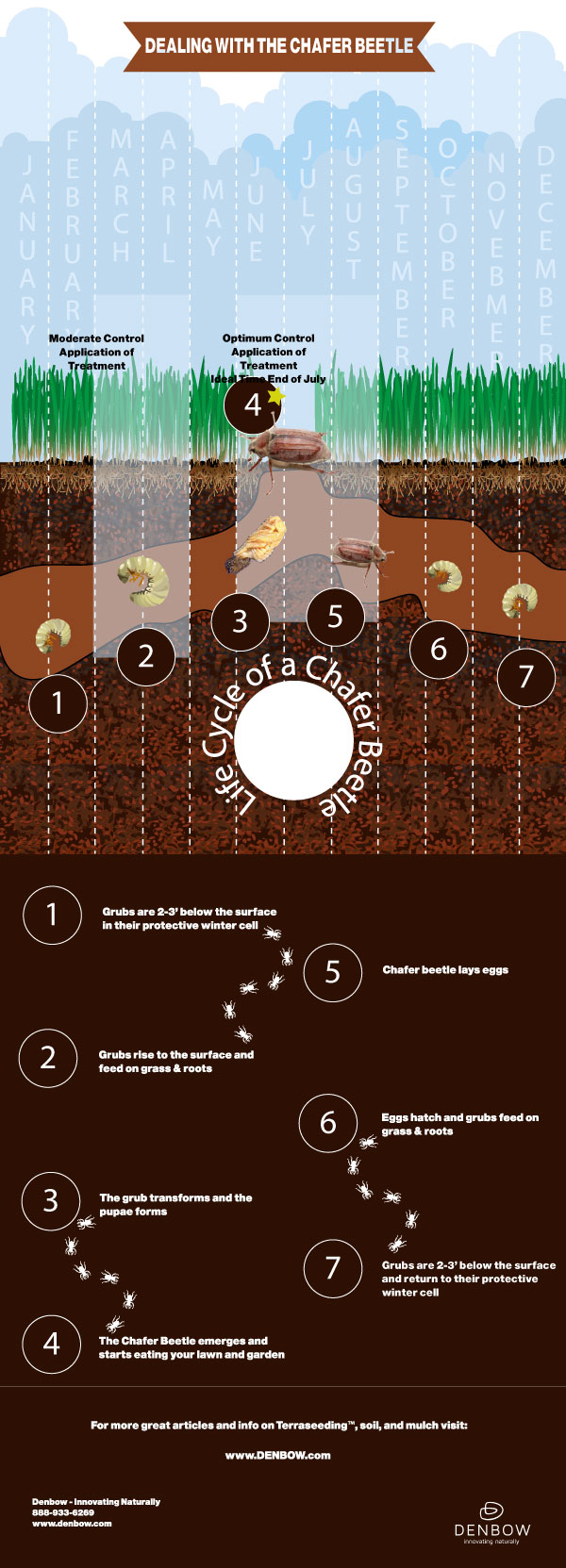Best Types of Compost for Landscaping – Ask Tom
Best Types of Compost for Landscaping – Ask Tom
What types of compost for landscaping?
There are a number of beneficial composts available for the local landscape projects, and the choice should depend on what the compost is being used for.
So what are the best types of compost for landscaping? There are composts in the marketplace that are specifically based on mushroom manure which is plentiful in our area. Mushroom manure can be useful but it can also be overused. Clean green compost, which is made of clean green waste and debris, is one of the more pristine composts in our marketplace. Other large sources of municipal compost are available and; those are appropriate for certain uses, typically larger remediation and possibly landscaping.
How do you know you’re getting good compost?
Good-quality compost has a number of characteristics. It’s usually brown and black in colour, but the colour is just one benchmark. The compost should have a reasonably good earthy smell, not an overly rotten smell like manure. Also important is the supplier should have an analysis available. Quality suppliers will regularly have their product tested and have soil analyses available for the end user.
Why is compost an important part of the soils being used?
 Compost-based soils made with clean quality compost should be the top choice for landscape projects.
Compost-based soils made with clean quality compost should be the top choice for landscape projects.
Compost is the important organic matter that helps the soil to function in a number of ways. It provides water-holding and nutrient capacity, providing for overall plan health.
Be selective when specifying or purchasing manufactured or engineered soils; for many projects, the best or only opportunity to provide plants or seeds with the best nutrition is during the initial installation.
Check out Denbow’s quality soil supply that Tom has helped to develop.



